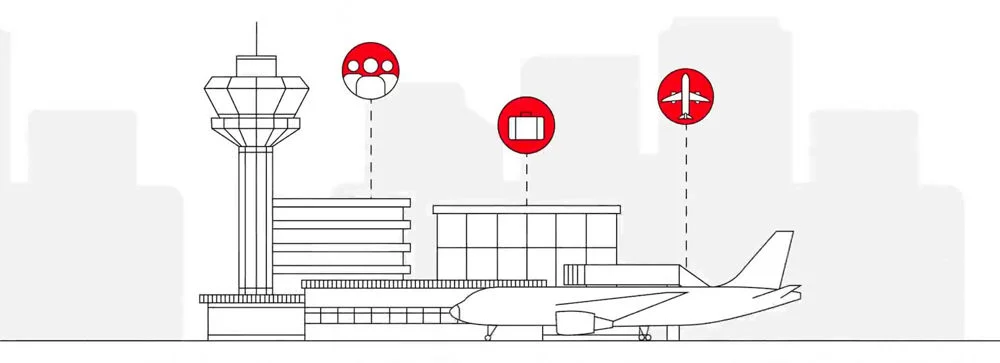Buildings and infrastructure built today will experience significantly different weather patterns over the course of their lifespan as our climate continues to change. Everyone from planners to architects and owners to operators needs insights into the future effects of their changing local climate on the built environment. Increasingly extreme heat or intensified rainfall will continue to present challenges to existing buildings’ operation, maintenance, user safety, and overall lifespan.
Arup, in partnership with Argos Analytics, has developed WeatherShift™, a platform that provides future climate data in standardised formats for practitioners, such as engineers and architects.
Using WeatherShift, a designer can quickly utilize the application, which draws on data from appropriate validated climate projection models, and generates a representation of future climate at any location in the world. Subsequent data analyses allow design teams and asset owners to quickly stress-test their design and make better informed decisions, reducing life-cycle costs and prioritizing climate-resilient construction strategies that enhance resilience across the built environment.

